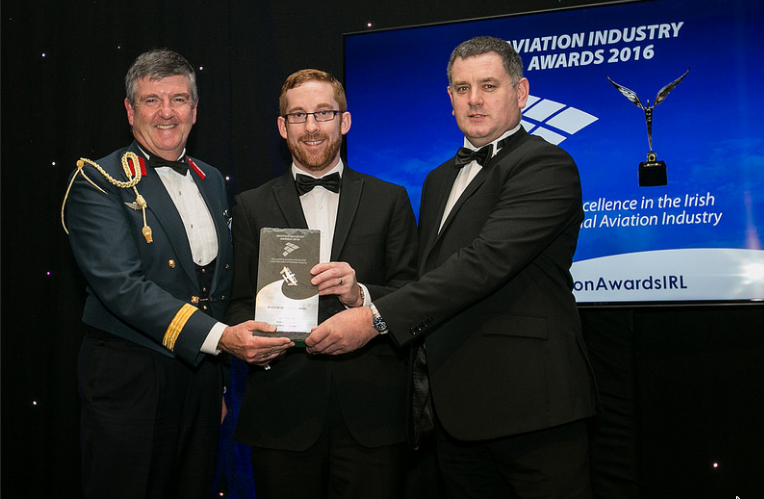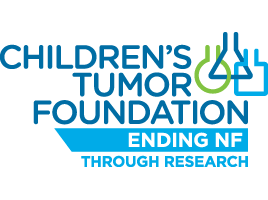AeroMedical wins Biomis Innovation Award

The Health Atlas Ireland Aero-Medical was the winner of the Biomnis 2013 award for Irish Technology Innovation, writes Dr. Howard Johnson, Clinical Lead, Health Intelligence, HSE.
As published in Health Manager
"Its purpose is to optimise clinical outcomes by enabling safe air-transport of patients to specialist facilities for time-critical care e.g. for trauma, coronary, stroke or transplantation.
The Aero-Medical Service required a specialised mapping system to:
- Enable real-time sharing of identical mapping information between the HSE Aero-Medical Service dispatchers, the Air Corps and the Coast Guard.
- Quickly and accurately pin-point the location of patients anywhere in Ireland in urgent need of air transfer to specialist clinical care facilities.
- Generate the coordinates (latitude/longitude) and a picture of a suggested helicopter landing site nearby where air and ground based services could safely rendezvous and be co-ordinated by radio.
Health Intelligence HSE led a multiagency collaborative initiative to create the solution that included:
- Aero-Medical Services HSE
- Air Corps (AC)
- Irish Coast Guard (ICG)
- Ordnance Survey Ireland (OSI)
- An Post GeoDirectory
- ESB Networks
- OpenApp
Those working on the project include Dr. Howard Johnson, Ian Folan, Fionnuala Donohue, Douglas Beaton, Health Intelligence HSE, Colm Megan, National Ambulance Service, HSE, Mel McIntyre and Nigel Hanlon, OpenApp.
The system is simple, accurate and intuitive to use so that the minimum time is required to identify rendezvous locations. The screen is uncluttered but highly functional and responsive. Training requires only a single session. Background guidance notes are included. System access is controlled through internet protocol (IP) lockdown or security certificates.
Geographical features are geo-referenced using the Irish Transverse Mercator (ITM) system. Rendezvous locations are expressed in latitude/longitude. OSI MapGenie maps (road, aerial photography and hybrids) are used. Address/location look up exploits GeoDirectory (An Post) and the OSI Gazetteer. Google Street View is embedded as an adjunct so as to enable the pilot/navigator to anticipate local hazards in proximity to the landing zone.
The map menu display options include hospitals, Garda stations, airfields and helipads that are maintained in the HSE Service Directory which multi-sources, updates and classifies health related service data on a national basis. Potential hazards to aircraft such as overhead power lines (ESB Networks) and buildings (GeoDirectory) can be displayed. Maps can be printed or transmitted to other users via a “live link”. Distances in nautical miles and kilometres can be accurately displayed.
Special functions allow the Air Corps and Coast Guard to separately identify, document, moderate and display pre-determined landing zones (PDLZs) that are identified from their national surveys and suitable for their particular aircraft. A hardcopy of the rendezvous site map and associated details can be printed and carried on missions for reference purposes.
The process
Emergency 112 or 999 calls are routed as appropriate to the HSE National Aero-Medical Control Centre (NACC) which liaises with the Air Corps or Coast Guard according to standard operating procedures (SOPS).
- The patient’s address/locality is entered in the Address Finder (GeoDirectory & OSI Gazetteer) or the Service Directory (HSE). The matching address/locality is selected and pinpointed on the map.
- A single click over a local service (e.g. Garda station) reveals the address/telephone number so local assistance (e.g. securing the helisite) or local information can be sought.
- Aerial photographs are selected and the overhead power cables and buildings are displayed.
- Potential helicopter landing zones such as a sports ground or large field are noted and the target icon is moved to the location. The latitude and longitude are displayed and radioed to the aircraft. Where a PDLZ is nearby, its unique identification number is used for ease and accuracy of inter agency communication of the rendezvous point.
- Final decisions on landing are made based on SOPs and pilot evaluation of conditions.
Summary
The Health Atlas Ireland Aero-Medical module is operational on a national basis and used daily. The novel system enables exceptional inter-agency coordination and has become an indispensible tool in the daily response to emergencies across the country." end of Health Manager coverage
Learn more about the HSE's Aeromedical Service here
Latest News
Real-World Data Collection Enables Evaluating the Safety and Effectiveness of Treatments for Spinal Muscular Atrophy
This exciting initiative combines collecting real-world patient data by neurologists, clinicians and patients to enable clinical research and engagement of spinal muscular atrophy patients receiving treatment.
SMArtCARE is a multi-year joint initiative of neurologists, paediatricians, and patients with spinal muscular atrophy (SMA). Spinal muscular atrophy refers to a group of rare genetic diseases resulting in muscle wastage and weakness. Symptom onset can be seen in both children and adults but the most severe form typically presents in children under 18 months old. Until recent treatments survival past childhood was unusual.
Read MoreChildrens Tumor Foundation Innovative Patient Reported Patient Registry Platform
The NF registry is a one of a kind project, where the OpenApp team worked in collaboration with CTF to develop and support a platform that meets their requirements, as a secure and effective tool to empower NF patients and their caregivers. A dedicated registry is the most efficient way to raise awareness/advocate for NF, expand the NF community, and connect to help end NF.
Read MoreWhy You Need A Software Maintenance Management Plan
Combining the development efforts and the ongoing maintenance of your software is key to ensuring that you have a robust and constantly improving and evolving solution.
Having a software maintenance plan is just as important as the initial development. Professionally managed maintenance allows for the continual improvement and adaptation to changing business needs and technological advancements.
Read MoreIQVIA (NYSE:IQV) is a leading global provider of advanced analytics, technology solutions and contract research services to the life sciences industry dedicated to delivering actionable insights. Learn more at www.iqvia.com.

Copyright © 2024 | Privacy Policy | Information Security Policy
OpenApplications Consulting Ltd. Registered in Ireland No. 355595





